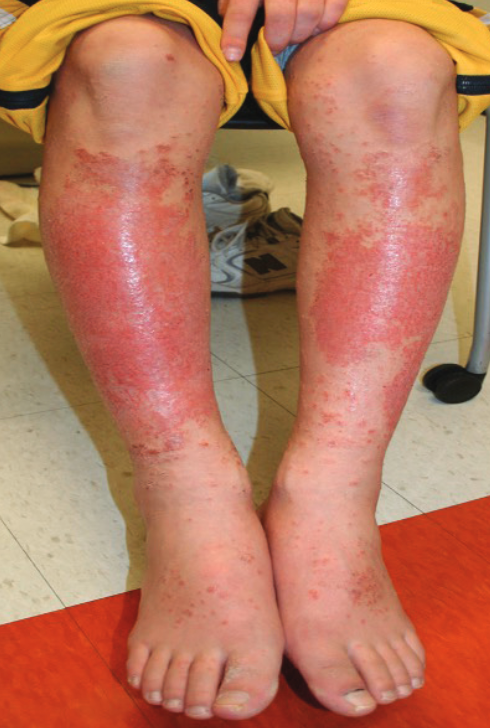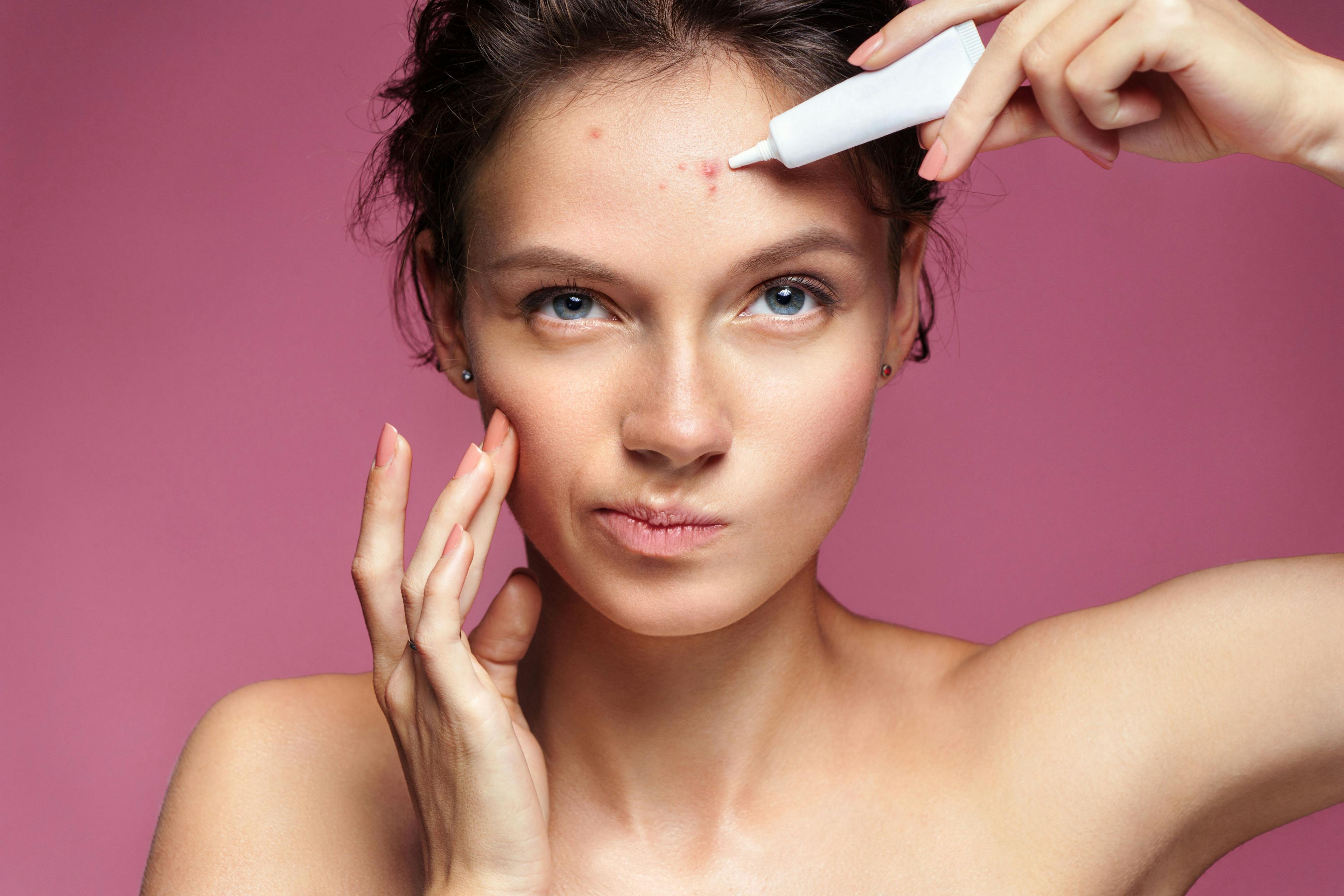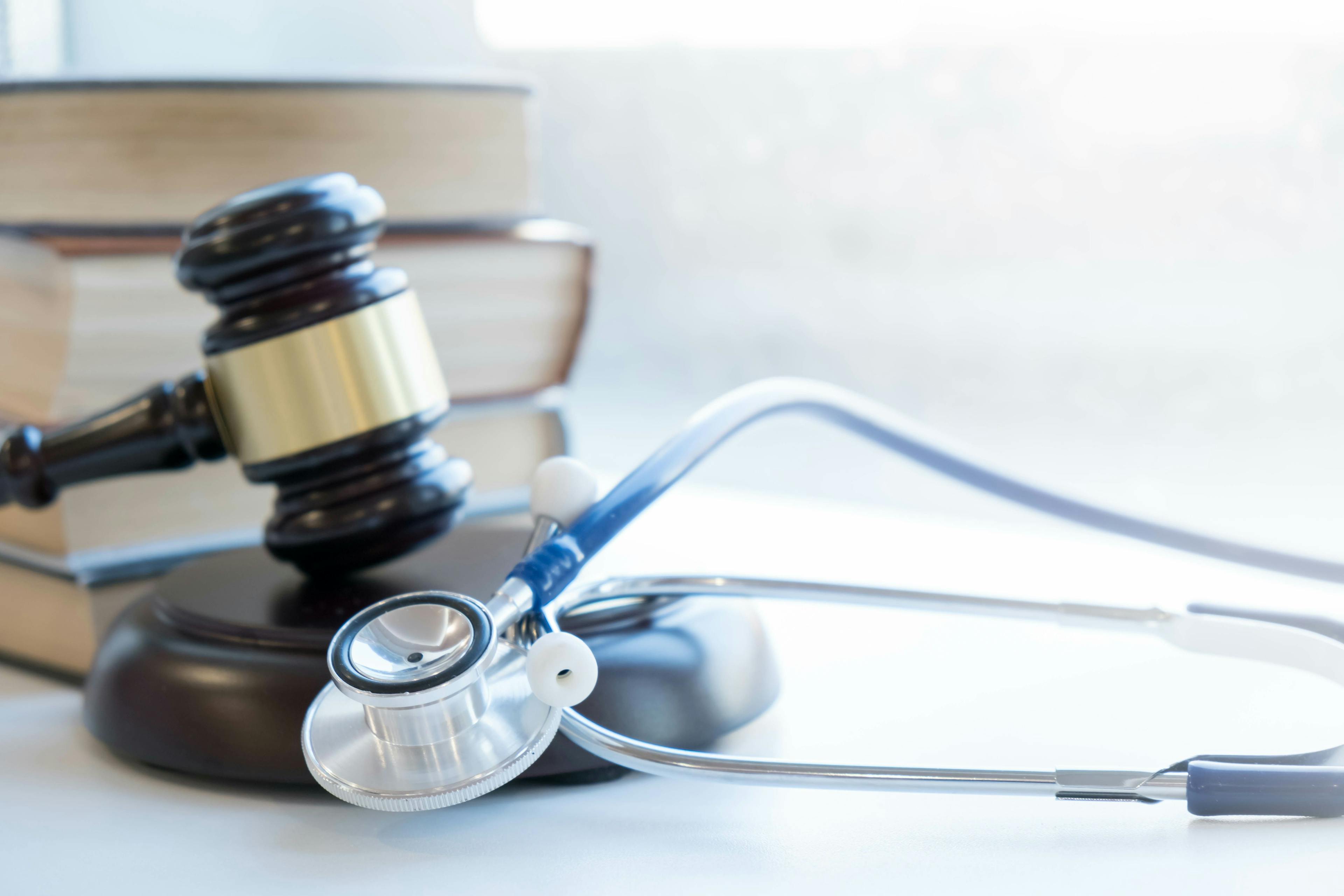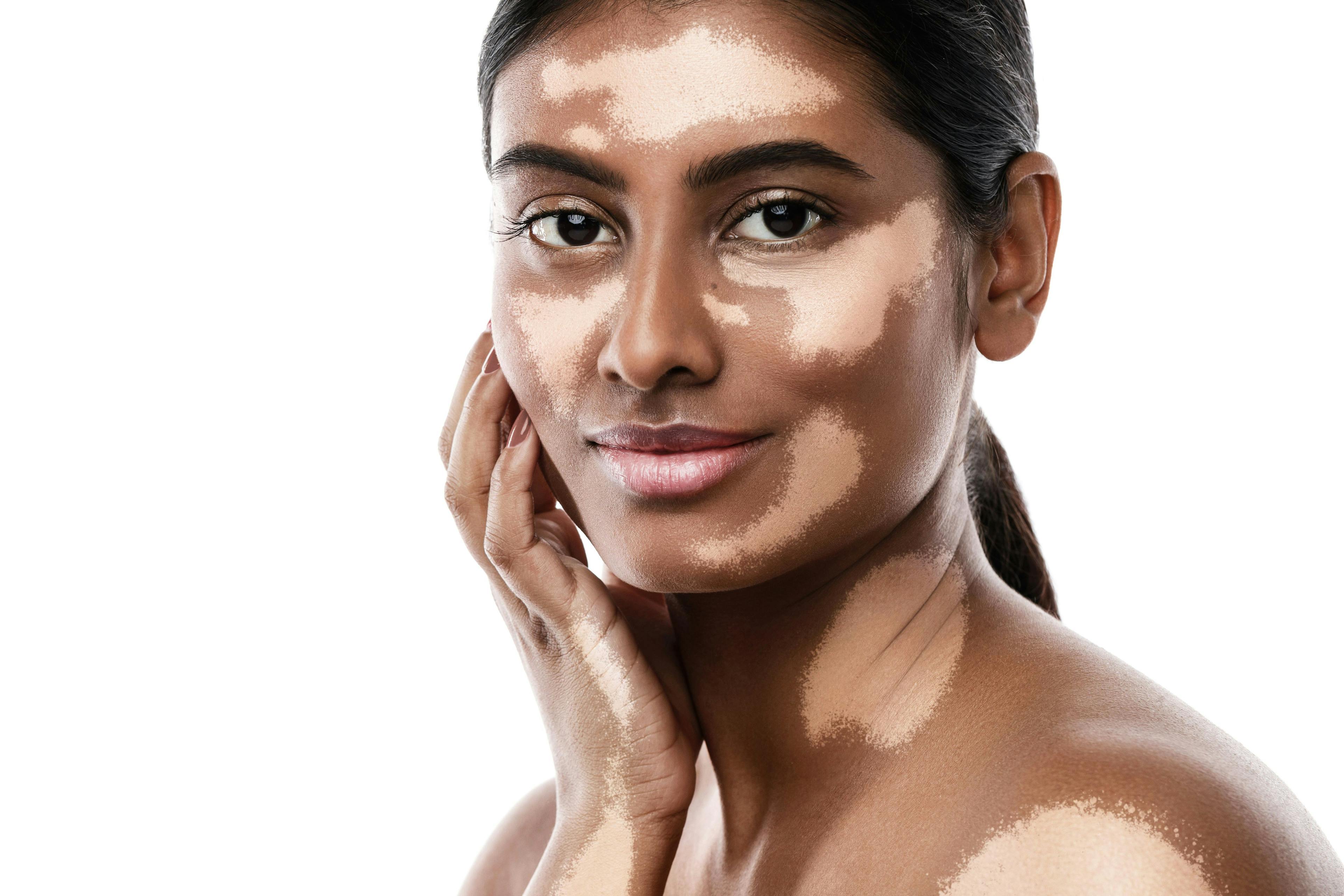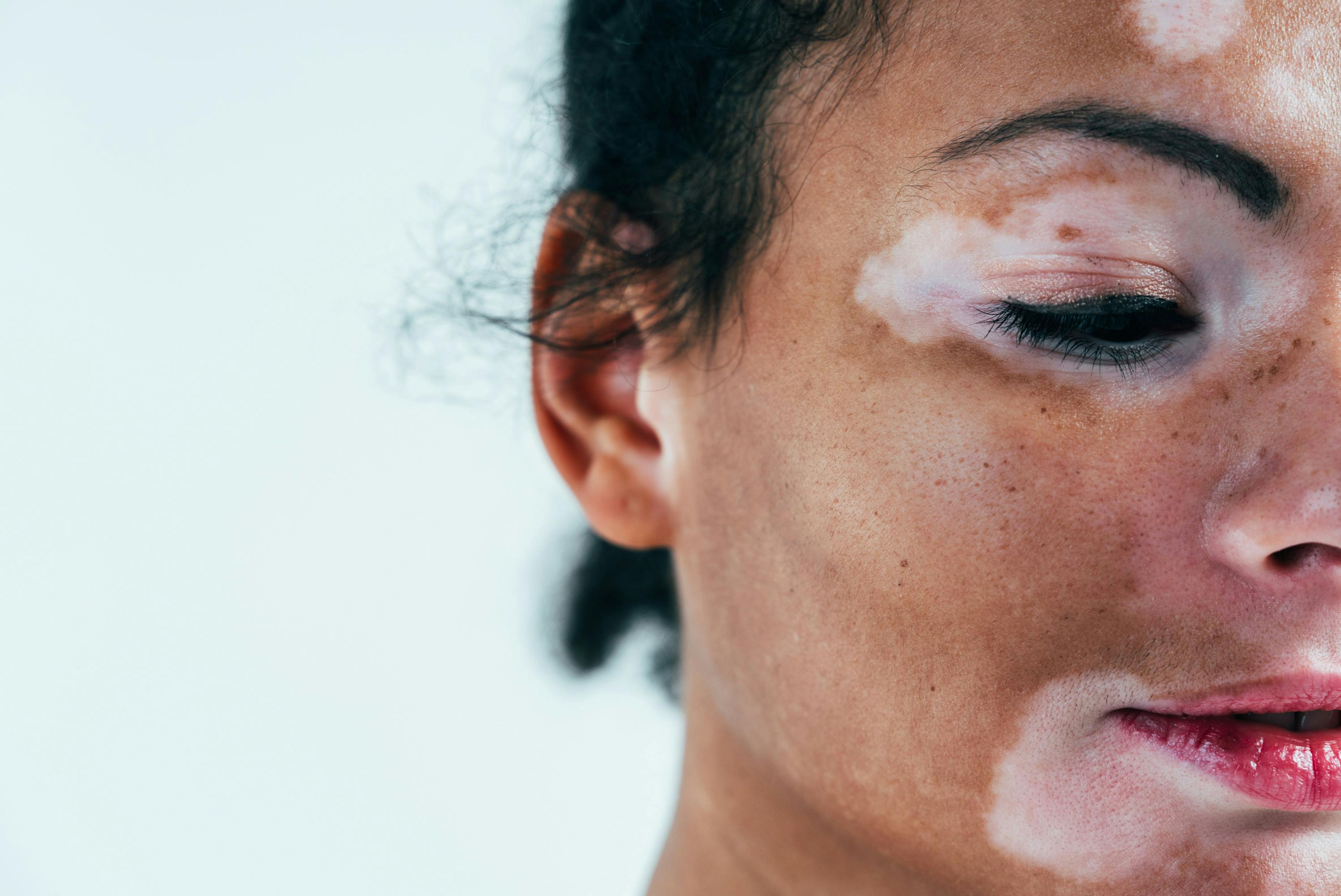- Acne
- Actinic Keratosis
- Aesthetics
- Alopecia
- Atopic Dermatitis
- Buy-and-Bill
- COVID-19
- Case-Based Roundtable
- Chronic Hand Eczema
- Chronic Spontaneous Urticaria
- Drug Watch
- Eczema
- General Dermatology
- Hidradenitis Suppurativa
- Melasma
- NP and PA
- Pediatric Dermatology
- Pigmentary Disorders
- Practice Management
- Precision Medicine and Biologics
- Prurigo Nodularis
- Psoriasis
- Psoriatic Arthritis
- Rare Disease
- Rosacea
- Skin Cancer
- Vitiligo
- Wound Care
Publication
Article
Dermatology Times
The Role of Nonprescription Products in the Management of Acne
Author(s):
Joshua Zeichner, MD, and Mona Gohara, MD, discuss adherence issues and adverse effects related to topical treatments for acne vulgaris.
Joshua Zeichner, MD, an associate professor of dermatology and director of cosmetic and clinical research in the Department of Dermatology at Mount Sinai Hospital in New York, New York; and Mona Gohara, MD, a dermatologist at Dermatology Physicians of Connecticut in Hamden, Connecticut, and president of the Women’s Dermatologic Society discussed their experiences and preferences in treating acne with nonprescription drugs.
To determine adherence issues related to acne drugs and their adverse effects, Zeichner and Gohara first discussed a 2019 study1 that analyzed adherence issues of topical treatments for acne vulgaris. Patients from the study used retinoids, antibacterial treatments, benzoyl peroxide, retinoid antibacterial treatments, and formulas containing resorcinol salicylic acid. Nearly half of the patients discontinued topical therapy before their scheduled time, citing unresponsiveness and adverse effects as primary reasons. Gohara began the discussion by saying she is not surprised by the number of patients who discontinue topical therapies, noting that many of her patients have told her their topical therapies did not work.
Gohara stressed that retinoids and benzoyl peroxide are the gold standards for acne treatment in dermatology, but only when used correctly. Other topical treatments include formulas containing resorcinol salicylic acid. While these OTC drugs are not prescription strength, they can still be irritating to the skin when used in large quantities or mixed with other irritating agents. Other adverse effects include irritation, erythema, scaling, itching, and stinging. Gohara explained that she gives her patients a handout that shows how to use OTC drugs, such as retinoids, correctly. She said dermatologists should take time to talk with their patients about how to use the product, as well as realistic expectations.
Zeichner echoed these experiences, saying he gives his patients specific guidance on how much product to use, how often, and what other OTC products to combine with topical therapies for the best results. He noted that a pea-sized amount of product is typically all you need; a cherry tomato-sized amount is too much. Overall, Zeichner sees that many patients want results too quickly; most patients will not see results until approximately week 12. Another way Zeichner tries to understand his patients’ expectations is by asking them to walk him through their skin care regimen. This helps Zeichner know what they already use and what kind of results they desire.
“I always say to patients when they come back, ‘First of all, how do you feel about your skin?’ I like to hear what they have to say before I make a comment and I’ll say to them, ‘Take me through your regimen.’ I always ask open-ended questions. We have to be nonjudgmental, educate our patients, and set realistic expectations,” said Zeichner.
Most importantly, both experts stressed that it’s crucial not to be judgmental. Asking patients questions will benefit both the dermatologist and the patient to come up with an agreed-upon acne treatment plan. Gohara also mentioned a few tricks, such as mixing a light moisturizing cream with a retinoid or benzoyl peroxide to cut the irritation and not using retinoids as a spot treatment.
Zeichner and Gohara discussed nonprescription cleansers and moisturizers for acne-prone skin. In a 2020 study1, 4 name-brand, lipid-free cleansers were studied and compared. Gohara began by pointing out the beneficial ingredients of each product. She stressed that hydrating ingredients are always beneficial, no matter the type of skin. Lipid-free cleansers are the most appropriate type of cleanser for acne-prone skin due to their low-risk skin irritation and a near physiological stratum corneum pH.
Both Zeichner and Gohara mentioned the importance of a healthy skin barrier. A strong skin barrier is not always the first thought in acne management, but it’s the skin’s line of defense. The best way to keep the skin barrier from breaking down is with hydrating cleansers and moisturizers. Skin barrier dysfunction is related to blockages in the pores that contribute to acne.
“Lipid-free cleansers are primarily composed of water and glycerin; those are the 2 primary ingredients, which are very highly rated,” said Gohara. “We can see that primarily, these cleansers will have very low rates of irritation on the skin and can help the skin barrier, which is what we were talking about before. Lipid-free cleansers can mitigate the irritation that patients may be getting from retinoids and benzoyl peroxides.”
The main goal of moisturizers is to repair significant defects in the skin barrier and assist with acne treatment. Gohara said dermatologists and patients must be deliberate when selecting a moisturizer. Additionally, moisturizers can have other ingredients such as sunscreen that are also beneficial to the skin.
Both Zeichner and Gohara praised 3 top ingredients for hydrating skin in moisturizers:
• occlusives: create a blanket to prevent transepidermal water loss (TEWL)
• humectants: suck water up from the dermis and epidermis
• emollient: a layer between epidermal cells to stop TEWL
Moisturizers ideal for acne-prone skin should also include oil-absorbing and anti-inflammatory and/or barrier replenishing properties. They should have more ingredients than just a humectant, as humectants are great at grabbing water, not trapping it.
Zeichner and Gohara concluded that OTC skin care products such as cleansers and moisturizers should never compromise the integrity of the skin barrier. Products should include ingredients that will protect, soften, and hydrate the skin, not irritate it. Clinicians and patients should work together to discuss the best cleansers and moisturizers for acne-prone skin based on hydrating ingredients that will protect and replenish the skin barrier. Clinicians should also advise their patients on how to pick a cleanser or moisturizer that will work well with their retinoid or benzoyl peroxide to avoid irritation and achieve maximum skin protection. Discussing OTC products and individualized treatment plans with acne-prone patients will result in better adherence rates as well as achievable expectations.
Reference:
- Zeichner J, Gohara M. The role of non-prescription products in the management of acne. Between the Lines webinar. July 15, 2022. Accessed July 20, 2022.
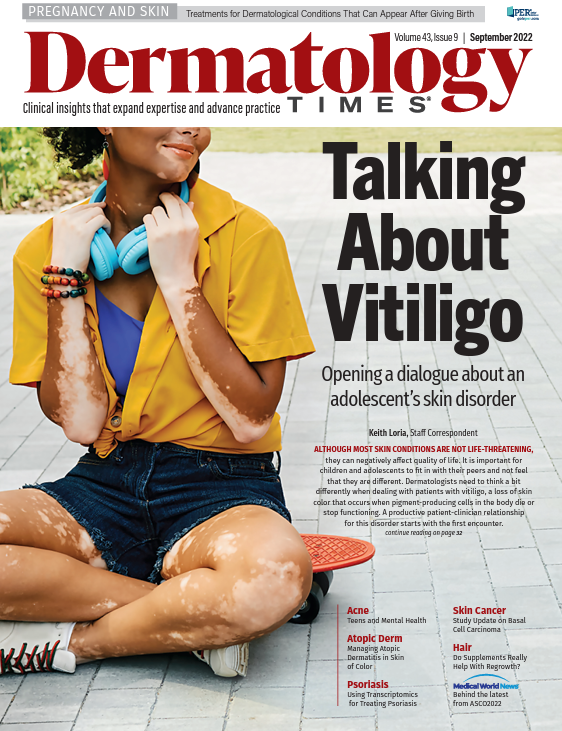
Newsletter
Like what you’re reading? Subscribe to Dermatology Times for weekly updates on therapies, innovations, and real-world practice tips.






